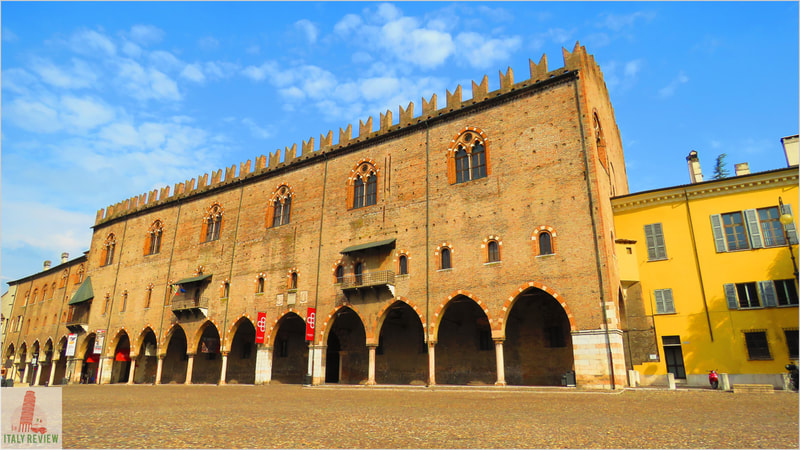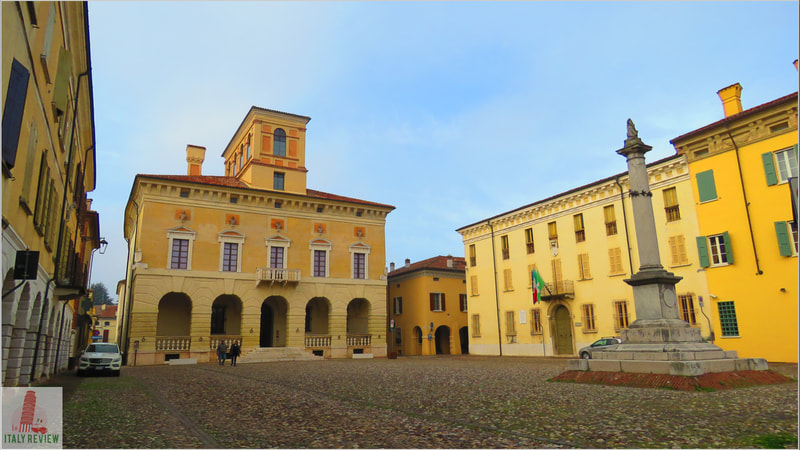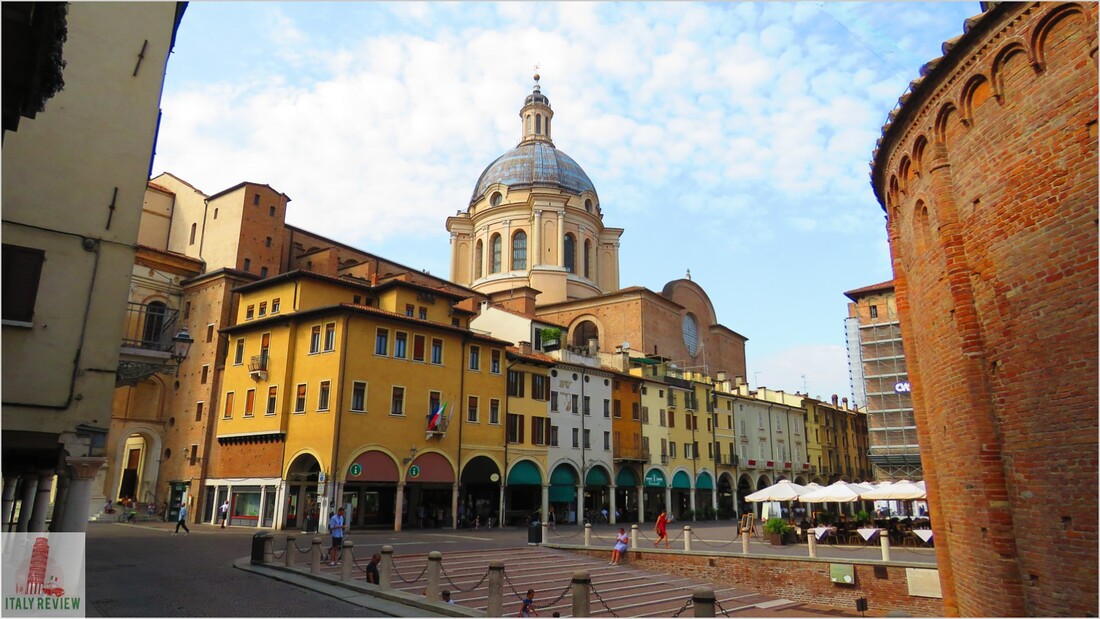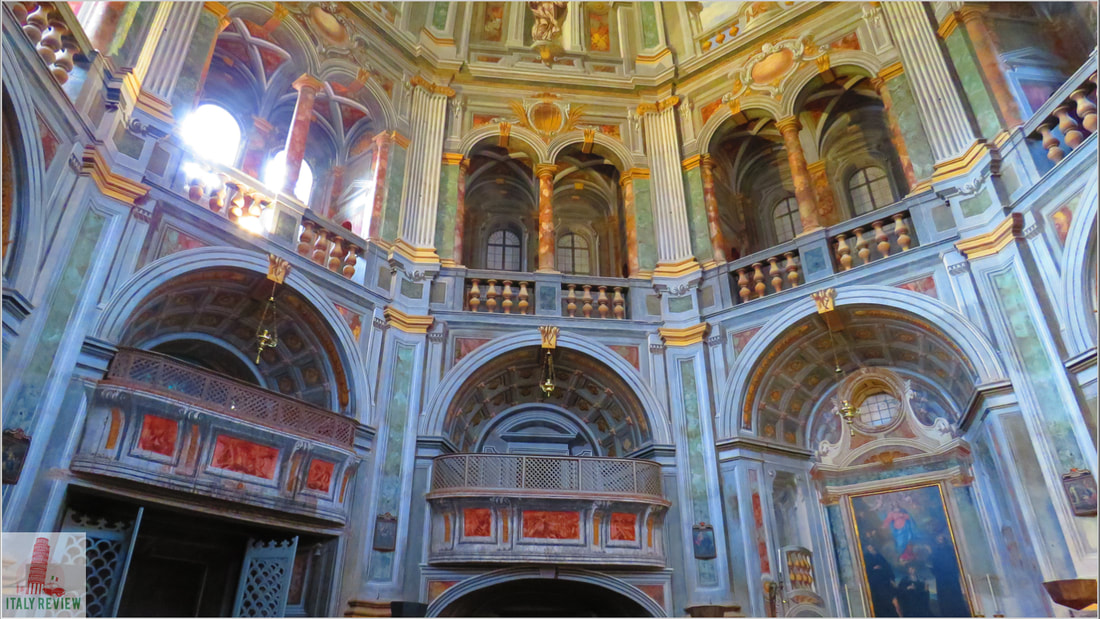Mantua and Sabbioneta
|
By Dion Protani
|
Latest update: 9 January 2024
|
|
The Mantua and Sabbioneta UNESCO World Heritage Site was confirmed in 2008 and relates to two locations in the northern Italian region of Lombardy. The listing refers to the contribution both locations have made to Renaissance town planning.
UNESCO state: "Both cities offer exceptional testimonies to the urban, architectural and artistic realizations of the Renaissance." |
Related links
Profile
The Mantua and Sabbioneta UNESCO World Heritage Site is located in the Lombardy region of northern Italy. This site comprises two historic cities, Mantua and Sabbioneta, which boast exceptional Renaissance and Baroque architecture, urban planning, and cultural significance.
Both cities were planned and developed during the 15th and 16th centuries by noble families, leaving behind a legacy of artistic and architectural treasures that earned them recognition as a UNESCO World Heritage Site in 2008.
Both cities were planned and developed during the 15th and 16th centuries by noble families, leaving behind a legacy of artistic and architectural treasures that earned them recognition as a UNESCO World Heritage Site in 2008.
History
The history of Mantua dates back to ancient times when it was an Etruscan settlement. Throughout history, it was ruled by various noble families, including the Gonzaga family during the Renaissance.
The Gonzaga rulers were great patrons of the arts and attracted renowned artists and architects to embellish the city, creating an outstanding example of Renaissance urban planning and architecture.
Sabbioneta, located about 30 kilometers from Mantua, was founded in the 16th century by Vespasiano Gonzaga, a member of the Gonzaga family. Vespasiano intended Sabbioneta to be a "perfect city," and he designed it on a grid plan with impressive palaces, squares, and monuments, making it an extraordinary example of Renaissance town planning.
The Gonzaga rulers were great patrons of the arts and attracted renowned artists and architects to embellish the city, creating an outstanding example of Renaissance urban planning and architecture.
Sabbioneta, located about 30 kilometers from Mantua, was founded in the 16th century by Vespasiano Gonzaga, a member of the Gonzaga family. Vespasiano intended Sabbioneta to be a "perfect city," and he designed it on a grid plan with impressive palaces, squares, and monuments, making it an extraordinary example of Renaissance town planning.
Key features
- Historic Landmarks: Mantua boasts several notable landmarks, including the Palazzo Ducale (Ducal Palace), Palazzo Te, and the Basilica di Sant'Andrea, known for its Renaissance architecture and splendid artwork.
- Sabbioneta's Grid Plan: Sabbioneta's grid plan, inspired by ancient Roman urban design principles, provides an excellent example of Renaissance town planning.
- Art and Architecture: Both cities are adorned with magnificent frescoes, paintings, sculptures, and architectural wonders, showcasing the artistic achievements of the Renaissance period.
- Palaces and Gardens: Visitors can explore the opulent palaces and splendid gardens that were once the residences of noble families.
- Museums: Mantua and Sabbioneta host several museums, displaying art collections, historical artifacts, and cultural exhibits.
- Cultural Events: The cities host cultural events, festivals, and exhibitions, allowing visitors to experience the vibrant cultural scene of the region.
- Gastronomy: Tourists can savor the local cuisine and indulge in traditional dishes and regional specialties.
- Accessibility: Mantua and Sabbioneta are accessible by train and car, and they are within easy reach of major cities like Milan and Verona.
Mantova e Sabbioneta
|
Province: Mantua
Region: Lombardy Number of sites: 2 Listing reason: examples of Renaissance town planning Fly to: Verona Airport |
UNESCO World Heritage Site
Mantua and Sabbioneta
Year: 2008
Mantua and Sabbioneta
Year: 2008

























